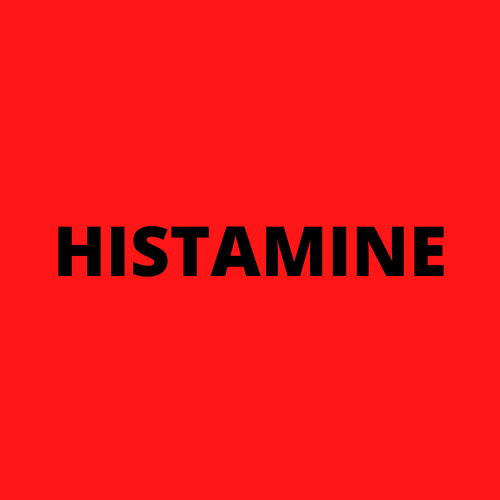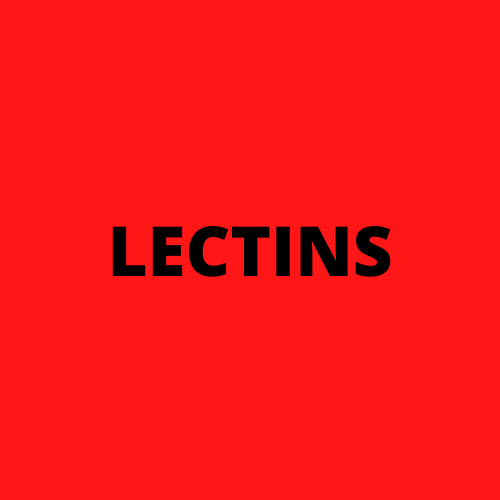
BUTTER BEAN ALLERGY
Key Allergens
Butter beans (also known as lima beans) are in the Fabaceae family of plants, these are also known as legumes. Other plants in this family include kidney beans, peanuts, peas, lentils, lupin, green beans and soya beans. If you want to find out more about legumes you can visit the Legume page.
Butter beans are the species Phaseolus lunatus, this species also covers cannellini beans, black turtle beans, borlotti beans, flageolot beans, green beans, haricot beans, kidney beans, pinto beans and white beans.
To date there are no recorded allergens for butter beans by the World Health Organization (WHO), because there have not been enough study into allergic effects from this food. If you are interested in what is needed by the WHO before they add an allergen to their allergen database you can check that out HERE.
Butter beans are the species Phaseolus lunatus, this species also covers cannellini beans, black turtle beans, borlotti beans, flageolot beans, green beans, haricot beans, kidney beans, pinto beans and white beans.
To date there are no recorded allergens for butter beans by the World Health Organization (WHO), because there have not been enough study into allergic effects from this food. If you are interested in what is needed by the WHO before they add an allergen to their allergen database you can check that out HERE.
Food Intolerances




Butter beans are high in histamine when they are eaten from cans, this is because of the ways they are preserved. Canned butter beans are not suitable for people who are following a low histamine diet.
Butter beans are a high FODMAP food. FODMAP stands for Fermentable oligosaccharides, disaccharides, monosaccharides and polyols. Foods high in FODMAPs can cause symptoms of food intolerance, affecting the gastro intestinal system and this can be mistaken for a true IgE food allergy.
Most canned beans are low in salicylates, these have the potential to cause gastrointestinal food intolerance symptoms in people who are sensitive to salicylates.
Butter beans are high in lectins, another cause of food intolerance. Cooking foods with lectins makes them more digestible and can reduce the symptoms of food intolerance.
You can read more about Food Intolerances on the dedicated Food Intolerance Page.
Associated Syndromes
Butter beans are not currently associated with any allergic syndromes.
Cross Reactivity
Butter beans are from the Phaseolus genus of beans, other beans in this genus (so very closely related) include runner beans, green beans, cannellini beans, haricot beans, kidney beans, pinto beans and white beans. So you may want to avoid these if you find you are allergic to butter beans.
Resources
Websites
Allergen Encylcopedia - Lima Beans
Science Direct - Phaseolus lunatus
ATP Science - Salicylate Foods
Anaphylaxis Campaign - Legumes
Nottingham Eczema - Legume Allergy
Foods Matter - Legume Allergies
Articles and Journals
Relevance of sensitization to legumes in peanut-allergic children, 2022
Contact urticaria caused by occupational exposure to green beans, 2020
A clinically relevant major cross-reactive allergen from mesquite tree pollen, 2008
Let me know if you found any of these interesting or useful.
If you spot an article or research that you think is interesting you can message me or tag me on Facebook, Instagram or Twitter - links at the bottom of the page.